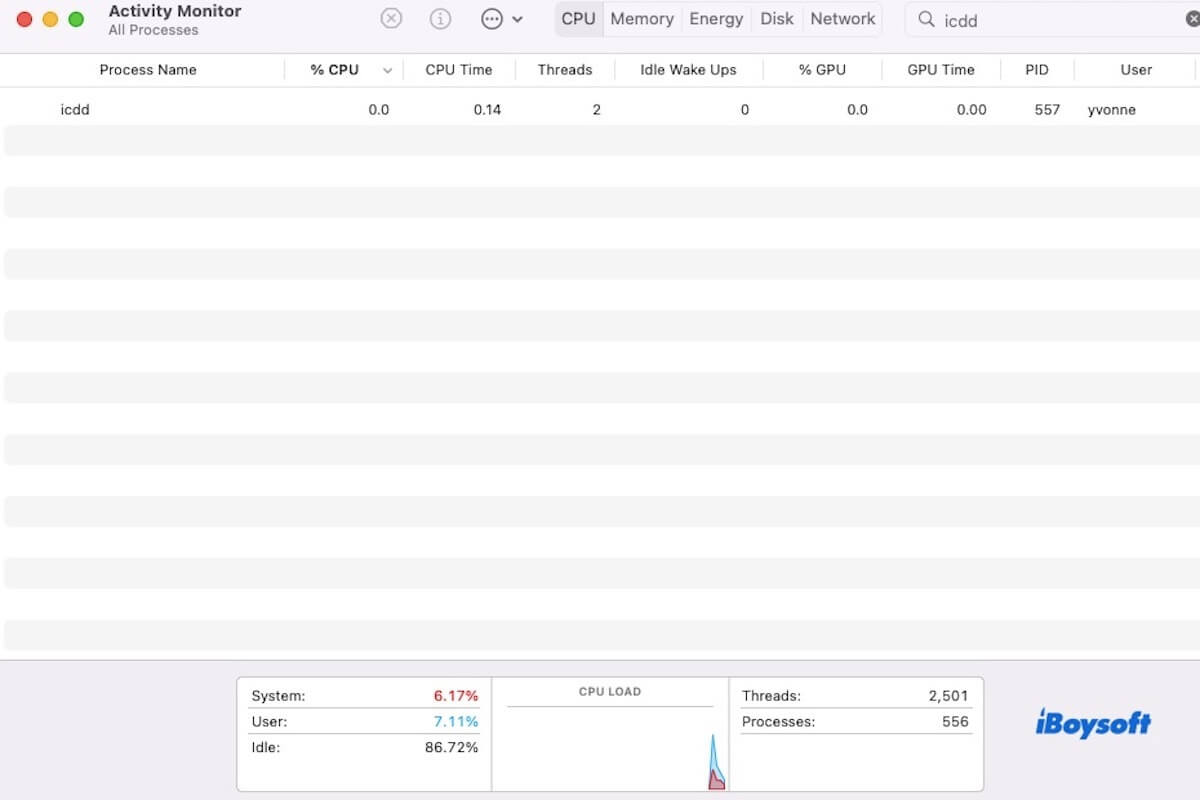Normally, if you deleted files by macOS Move to Trash, you can find the deleted files in Mac Trash and recover them easily. However, when you deleted files by Terminal, you can't find any trace of the deleted files in Mac Trash and you may become worried.
Don't panic! If you have backed up your Mac with Time Machine or iCloud before, you can recover the Terminal deleted files using Time Machine or iCloud. If you don't have any backups either in Time Machine or in iCloud, then the data recovery software should be your last option to retrieve your deleted files.
However, most commercial data recovery software in the market keeps updating to be compatible with the recent macOS version and the older data recovery package has been abandoned, which means you need to update your Mac to a macOS version that supports downloading and using the data recovery app.
Here, taking iBoysoft Data Recovery for Mac as an example. iBoysoft Data Recovery for Mac is a professional data recovery software that can easily recover deleted files on Mac. This powerful data recovery tool works on macOS 13/12/11/10.15/10.14/10.13/10.12 and OS X 10.11 and is compatible with Intel Macs and Apple Silicon Macs with M1 and M2 chips, which is also able to recover emptied Mac Trash.
If you decided to use iBoysoft Data Recovery for Mac to retrieve your deleted files, you can update your Mac to Mac OS X 10.11 first, and then use the Search for Lost Data function to start scanning all lost files on your MacBook. Once the scanning process is finished, you can filter all recoverable files by different file formats so that you can quickly pick up the Terminal deleted files you need.
Select the files, and click "Recover" to retrieve them from the Mac disk. Rember to not store the recovered files in their original place to avoid data loss.
Attention, please! If you don't want to update your macOS or you're worried about updating macOS will erase/overwrite data on your Mac internal drive, then you can try an open-source data recovery software to retrieve your overwritten file, such as TestDisk. Most open-source data recovery app is not maintained anymore and should be available on Mac OS X Snow Leopard 10.6.8.


